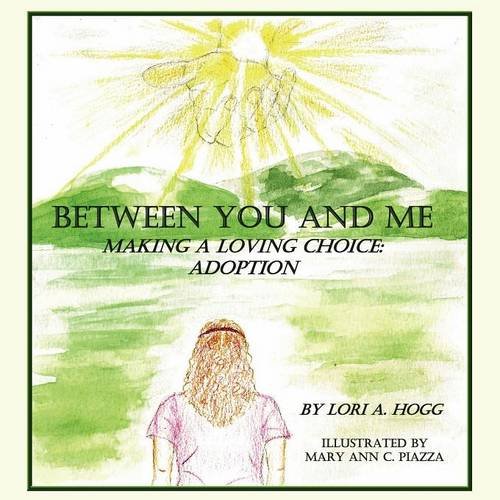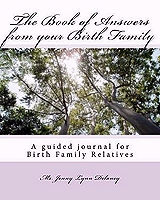From the Dust Jacket:
The American Society for Reproductive Medicine (ASRM) estimates that, in the United States, there are currently 2.6 million couples having trouble conceiving a child. At one time, there was only one option for couples like these—adoption.
All that suddenly changed on July 25, 1978. That’s when Louise Brown, the first “test-tube” baby was born in England. The first American baby conceived by in vitro fertilization was born in 1981. Since then, the procedure has led to the births of more than 30,000 children in the United States.
In vitro fertilization, which involves combining an egg and sperm outside the body, is the solution for a wide range of fertility problems. More recent advances have made it possible for women who lack healthy eggs to achieve pregnancy by using eggs from donors. In addition, a woman without a healthy womb can become a mother by having an embryo that was created with her own egg implanted in another woman. These new procedures have brought hope to thousands of infertile couples.
Conquering Infertility: Medical Challenges and Moral Dilemmas traces the history of modern reproductive medicine and discusses all the options currently available to infertile couples. It also describes the causes of infertility and how fertility problems are diagnosed.
While high-tech reproduction is the answer to some people’s prayers, these procedures are expensive, painful, stressful, and do not guarantee anything. These are just a few of the reasons that many people oppose assisted reproductive technology.
Fertility drugs may cause cancer or result in multiple fetuses, which forces parents to consider abortion. If the parents choose not to abort some fetuses, they risk losing them all. Giving birth to multiples puts a tremendous strain on the parents, as well as on society’s resources.
There’s also the possibility of human error. What if a physician or a technician injects the wrong sperm into an egg? The result is the conception of a person who was never meant to be. Although this scenario may seem unlikely, it has happened.
Even as we applaud the science, we are made uneasy by its power. Humans now have the ability to manipulate the most fundamental natural process—the creation of life. Must Mother Nature share the stage with science? Critics express their concern by evoking images from novels like Frankenstein and Brave New World. The technological possibilities are exciting—but they are also frightening.
About the Author:
Elizabeth L. Marshall
was born in Minneapolis, Minnesota, but grew up in southern California and New York City suburbs. She graduated from the University of Virginia with a B.A. in English and from the University of Pittsburgh with a M.F.A. in fiction writing. She has been on the staff of McCall’s magazine, the Amherst Bulletin, and The Scientist. She is a member of the National Association of Science Writers. She and her husband, Jeff Seiken, now live in Columbus, Ohio, with their two young daughters.































